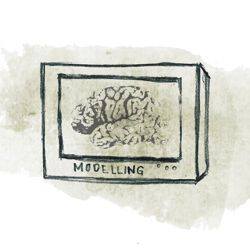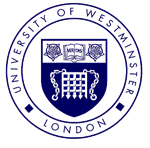Team:UCL/Modeling
From 2013.igem.org
(Difference between revisions)
| Line 116: | Line 116: | ||
<div class="col_illustration"> | <div class="col_illustration"> | ||
| - | <a href="https://static.igem.org/mediawiki/2013/ | + | <a href="https://static.igem.org/mediawiki/2013/6/69/University_of_Westminster.png" data-lightbox="image-1" > |
| - | <img src="https://static.igem.org/mediawiki/2013/ | + | <img src="https://static.igem.org/mediawiki/2013/6/69/University_of_Westminster.png"> |
</a> | </a> | ||
</div> | </div> | ||
Latest revision as of 03:56, 5 October 2013
DRY LAB
Modelling The Treatment And Finding New Parts
Mathematical modelling provides a powerful tool for scientists of all disciplines, allowing inspection and manipulation of a system in ways which are unachievable in the lab. In the context of biology, we can use mathematical models to study the behaviour of a single cell or an entire ecosystem. In fact, inspecting a mathematical model is very much like a laboratory experiment – the main difference being that in modelling, the environment is artificial.
Click the abstracts below to read more.
 "
"




